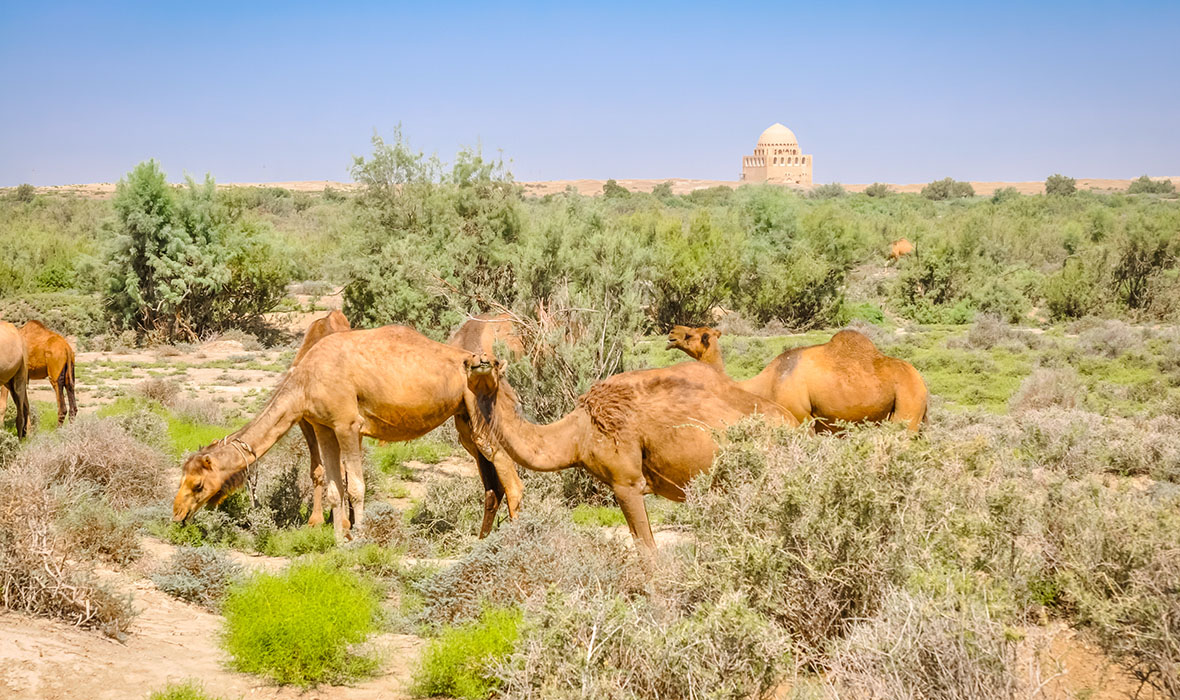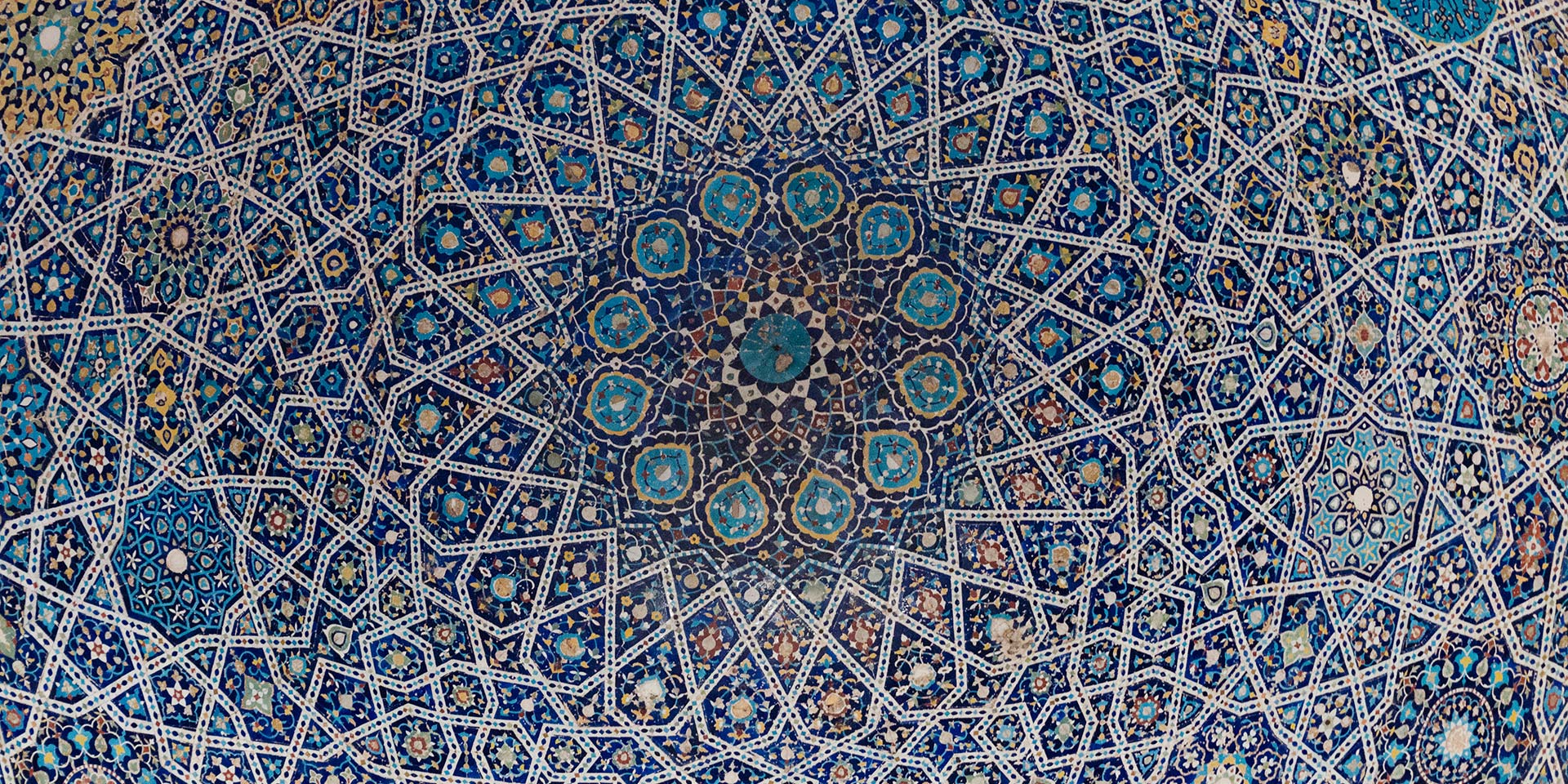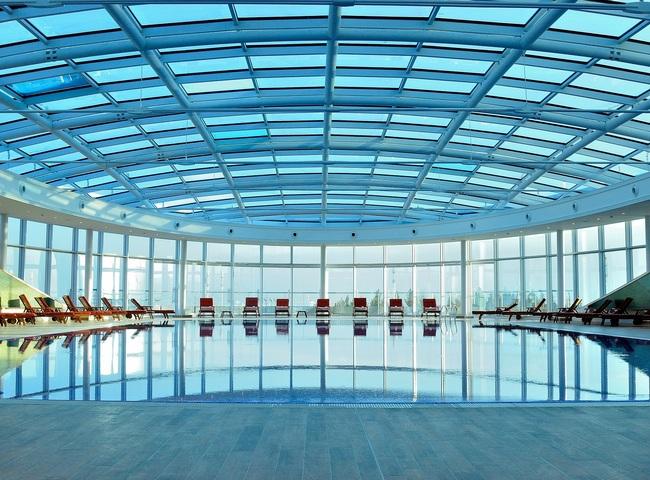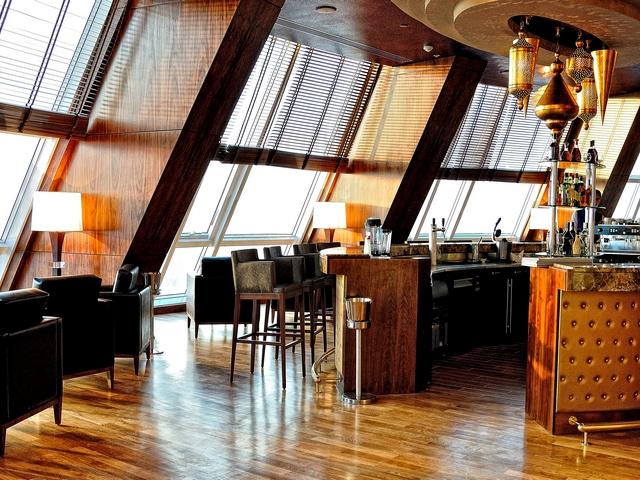WRITTEN BY
Editor, Travelogues
PUBLISHED ON
October 26, 2017
LOCATION
Turkmenistan
Turkmenistan is one of Central Asia’s untouched gems. In just three days, travelers can see so very much. Largely covered in sand and desert scrub, this isolated and isolationist nation has, in the past, been the stage upon which world history has been played. Its flame has faded from past glories, but the history is preserved.
From the luxury hotels and history of Ashgabat to the curious Merv ruins, Turkmenistan’s hermit status in the recent past has made it a sought-after destination for travelers who want to see Asia in a new – and very, very old – light.
Kunya-Urgench and Dashoguz

ABOVE: The ancient ruins of Kunya-Urgench, Najm ad-Din al-Kubra Mausoleum.
On such a short trip, there is good reason to start in the north. Once an important stronghold of the Achaemenid Empire, Kunya Urgench is an ancient capital – and UNESCO World Heritage Site – in Turkmenistan’s northwest. The old town area contains a series of monuments dating back to the 11th to16th centuries, and the vastly deserted surrounding landscape is infused with the remnants of archaic fortified settlements.
On the bank of the Amu Daria River are lavishly decorated fortresses influenced by the Islamic architecture of Central Asia. Here, travelers will find the imposing Gates of Caravanserais, a former stop on the Silk Road.

ABOVE: Bai Bazaar in Dashoguz
Travelers usually base themselves in the city of Dashoguz, a modern regional capital and crossing point for Uzbekistan, before heading out to explore the cultural heritage of the surrounding area. Just over 15 miles southeast of Dashoguz is Izmukshir, a city of age-old ruins dating back to 3rd century BCE, perhaps more commonly known as Zamakhshar, the birthplace of Hanafite scholar Abu al-Qasim Mahmud b. Umar al-Zamakhshari.
South to Ashgabat

ABOVE: Yzldyz in the background of a shot of a Turkmenistan monument.
Moving far south to the nation’s capital, Ashgabat is one of the only places travelers will find luxury in Turkmenistan: an urban oasis designed to show the world the glorious accomplishments of the nation.
Luxury accommodations in Ashgabat include the contemporary Oguzkent, a shining complex in the heart of the city with primary access to all cultural and business sites. The elegant Grand Turkmen is another five-star option with elegant interior, centrally located near the Presidential Palace and Square of Independence. The newly renovated Nusay Hotel also boasts excellent views of the city, located just 15 minutes away from the airport and within walking distance of the main square. The striking architecture of the Yzldyz is also a favorite, complete with a Chinese restaurant, bar, tea room, and spa center.
ABOVE: Images from the Yzldyz.
To the northwest, the sprawling Ruhy Mosque shines with its vast gilt dome and examples of traditional weaving at the Turkmen Carpet Museum. The Wedding Palace flaunts an array of star-shaped tiers with a golden globe featuring maps of Turkmenistan sitting atop the building.

ABOVE: The door to the Gypjak Mosque near Ashgabat, the biggest mosque in Central Asia.
Travelers can explore the stunning Gypjak Mosque. Exhibiting a colossal prayer hall with white columns and a celestial blue dome, the Gypjak Mosque can accommodate over 10,000 people – yet visitors everywhere in Turkmenistan are few and far between. Another UNESCO World Heritage Site in the area, the Parthian Fortresses of Nisa, boasts unexcavated remains of an ancient civilization, indicative of an early and important city within the powerful Parthian Empire.
Mary and Merv

ABOVE: Big Kyz-Kalas outside Merv.
Although Medieval Merv was the biggest city in Turkmenistan in the 12th century and a major city on the Silk Road, this historic point now holds a collection of ancient settlement sites less than an hour’s drive from the provincial capital of Mary, through which many visitors access Merv.
Popular highlights include the forts of Big and Little Kyz-Kalas, where rectangular wall structures exemplify the corrugated Koshka and are reminiscent of the pre-Arabian era, built over one thousand years ago between 600 and 900 AD.
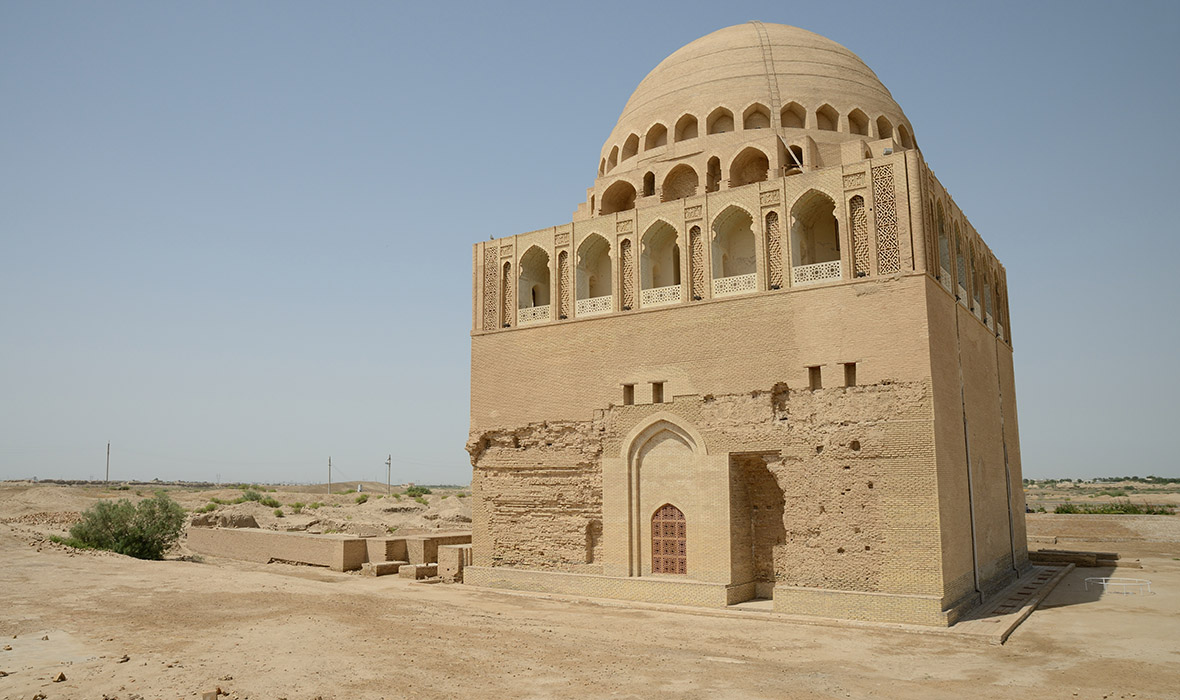
ABOVE: Mausoleum of Sultan Sanjar.
Another focal point of Merv is the longest-remaining testament to Seljuk power: the grandiose Mausoleum of Sultan Sanjar. Located in what was the center of Sultan Kala, these mausoleums exhibit exquisite brickwork and architectural decor from the Seljuk period and bear centuries of occupational history.
The other prime mausoleum is that of Muhammad ibn-Zayd, one of the most atmospheric shrine complexes in Turkmenistan, restored in the early 20th century. A mosque runs through the north side of the complex, and inscriptions on the chamber walls date the original construction back to 1112 AD.
